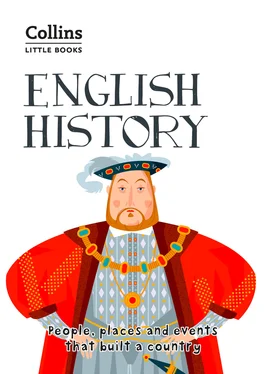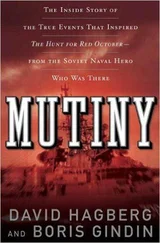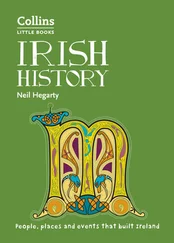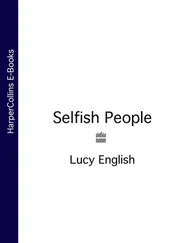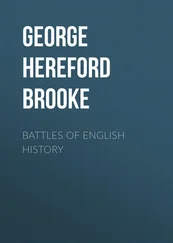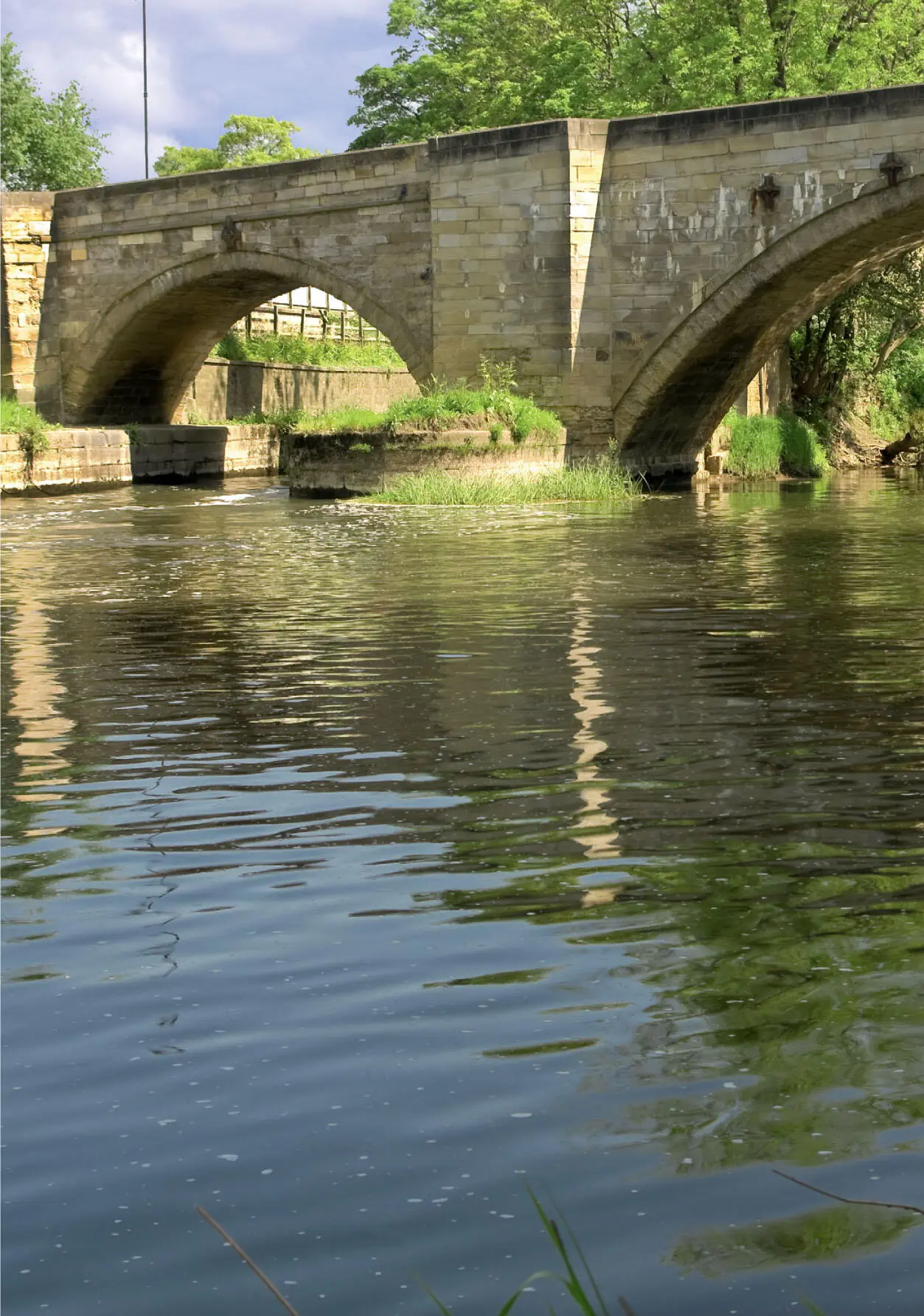
Richard Pinder / shutterstock.com
1066 | Battle of Hastings
No sooner had King Harold vanquished the Viking invaders, he received news that the Duke of Normandy’s invasion force had landed on the south-east coast of England. Harold demanded that his army march the length of England in little over two weeks, and on 14th October they met the Norman invasion force 10 miles inland from the town of Hastings. This battle would decide the course of English history.
Harold’s army of 7–8000 men men were weak and outnumbered by William’s superior army, which included heavily armoured knights on horseback and archers. In all, the Normans numbered perhaps 10,000 men. Despite this, the Anglo-Saxons started well, creating a defensive shield wall on top of the high ground of Senlac Hill. However, repeated waves of Norman attack slowly broke the Saxon formation.
What happened next is hotly disputed. According to one story, Harold Godwinson was shot through the eye by an arrow, and then dismembered by Norman knights. This is what appears to be shown in the famous Bayeux Tapestry, a magnificent 70 metre-long embroidered cloth that was created to celebrate the Norman invasion (see picture). After six hours of brutal fighting, William Duke of Normandy was victorious.
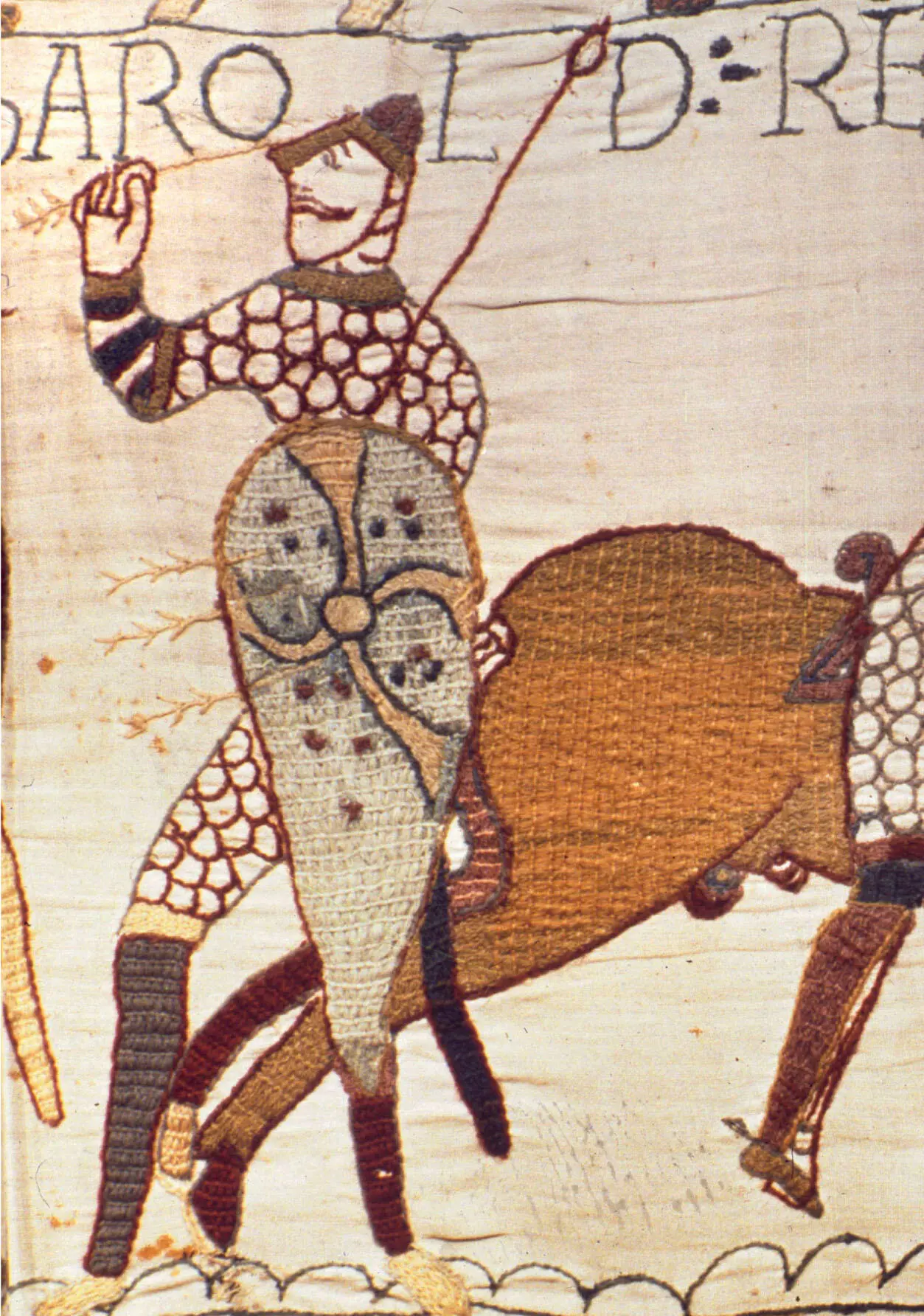
Ancient Art and Architecture
1060S and 70S | Norman Conquest
On Christmas Day 1066, the Duke of Normandy was crowned King William I of England at Westminster Abbey. In the years that followed, William was brutally effective at spreading Norman power throughout his new kingdom. The Normans would respond to any Anglo-Saxon rebellion by descending on their community, burning down their villages and slaughtering their inhabitants.
Perhaps the most infamous occurrence of Norman cruelty took place in 1069, when William’s newly appointed Earl of Northumbria was murdered by Anglo-Saxon rebels. William was furious, and vowed to make an example of the Northern rebels. His army marched north, and burnt to the ground every village between York and Durham. Farm animals were slaughtered, crops were destroyed, and the fields were laced with salt so that no more food could be grown. Known as the ‘Harrying of the North’, this event led to the starvation of perhaps 100,000 people.
Other examples of Anglo-Saxon rebellions and resistance took place, but all in vain. Through sheer military superiority, William’s occupying force of 20,000 men were able to subdue a population of two million. England’s era of Anglo-Saxon rule was firmly at an end.
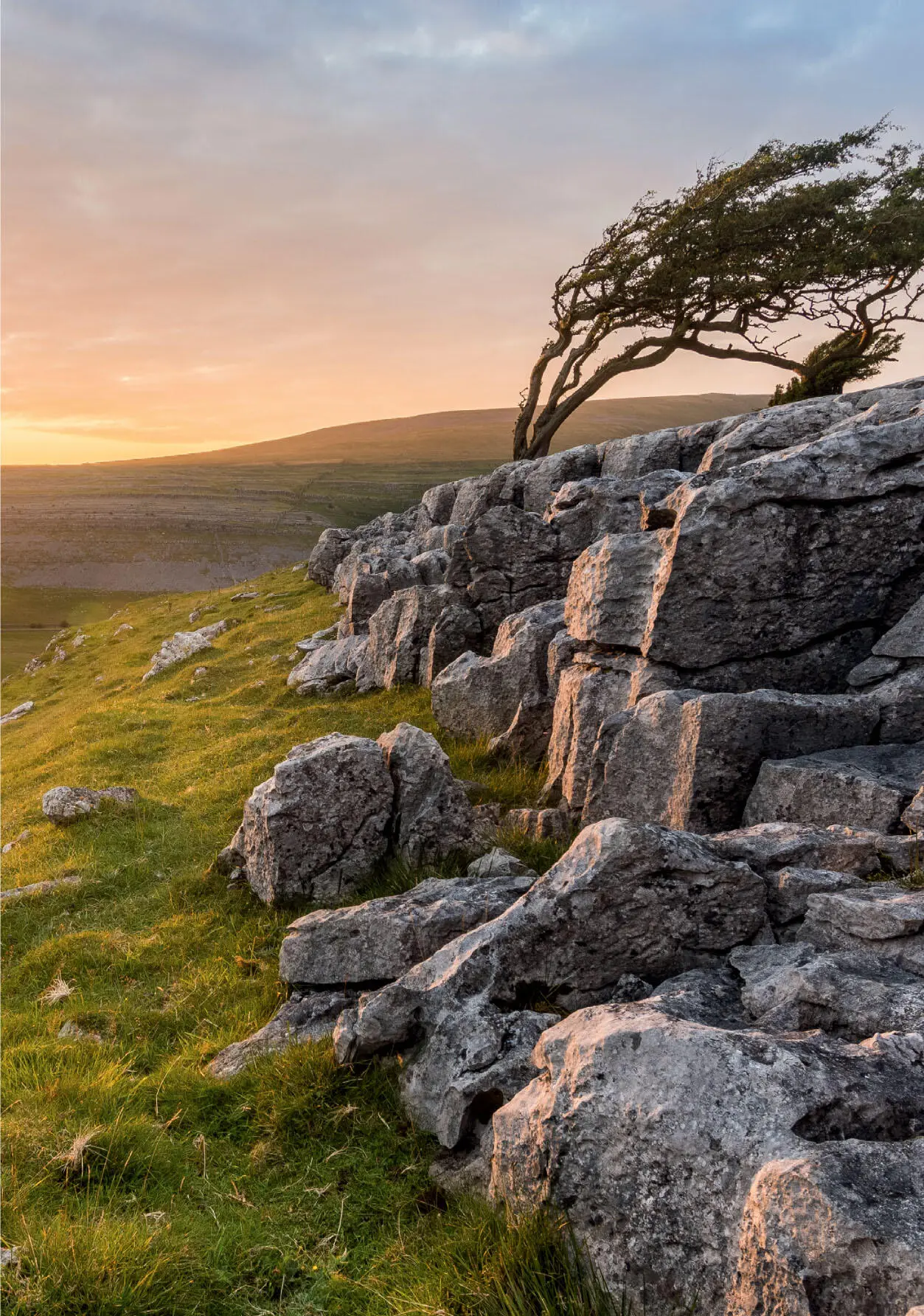
Daniel_Kay
1086 | Domesday Book
Having conquered England, William set about creating a new ruling class of Norman noblemen. William seized the land from England’s Anglo-Saxon noblemen, many of whom had died fighting at Hastings, and transferred its ownership to his loyal Norman knights. Norman noblemen were given titles as Earls and Barons, and in the centre of their land they built large, intimidating castles to confirm their power. A strict social hierarchy (sometimes called the feudal system) was created, with Norman noblemen at the top, and their Anglo-Saxon vassals below.
To keep a record of this enormous transfer in land ownership, William the Conqueror ordered the Domesday Book to be written. For two years, Norman commissioners travelled the length and breadth of England, recording what this new kingdom contained down to the last pig, plough and beehive. Completed in 1086, it details the contents of over 13,000 different towns and villages. It is one of England’s most valuable historical documents, providing an extraordinary picture of life in the 11th century. For example, in 1085 Birmingham was a small village with just nine families and two ploughs. Today, it is England’s second largest city.
Granger Historical Picture Archive
1170 | Murder of Thomas Becket
Henry II was an energetic king, who rebuilt the power of the English monarchy after nineteen years of bloody civil war. But he is chiefly remembered for English history’s most famous murder. As king, Henry II wanted to gain more power over the English Church, so in 1161 he made his loyal friend Thomas Becket the Archbishop of Canterbury (leader of the English Church). However, on becoming archbishop, Becket transformed into a pious defender of Church independence.
Becket refused to take orders from Henry II, and their friendship transformed into bitter hatred. During a particularly foul dispute in 1170, Henry II allegedly screamed ‘will nobody rid me of this turbulent priest!’ Four knights interpreted Henry II’s outburst as an order, and rode to Canterbury Cathedral. They killed the Archbishop with a blow to the head by a sword, and smeared his brains across the Cathedral floor.
Henry II insisted that the murder of Thomas Becket was a tragic mistake, and did penance by walking barefoot to Canterbury where he was whipped by the Cathedral monks. Becket meanwhile was celebrated as a martyr for defending Church freedom, and made a Saint. His shrine became one of the most popular pilgrimage sites in medieval Europe.
Zvonimir Atletic / shutterstock.com
1204 | Eleanor of Aquitaine
Henry II’s wife, Eleanor of Aquitaine, was a remarkable Queen. In 1137, aged only fifteen, she married the King of France, Louis VII. However, Louis could not tolerate Eleanor’s independent mindedness, and they divorced in 1152. Eight weeks later, Eleanor shocked medieval Europe by marrying the heir to the English throne, the future Henry II. Henry II and Eleanor’s marriage started well having seven children together, but they began to quarrel. In 1174, Eleanor was arrested for plotting against her husband, and thrown in prison for sixteen years. When Henry II died, Eleanor’s favourite son Richard the Lionheart became King of England, and freed his mother from imprisonment.
Richard the Lionheart, whose statue stands outside the Houses of Parliament, is one of England’s most famous kings. However, he spent as little as six months actually in England during his ten-year reign. For most of the time, he was fighting on crusade in the Holy Land. Whilst Richard was fighting foreign wars, it was his mother, Eleanor of Aquitaine, who ruled England. She died in 1204 at the astonishing age of 82, having become one of the most powerful and respected figures, male or female, in all of Europe.
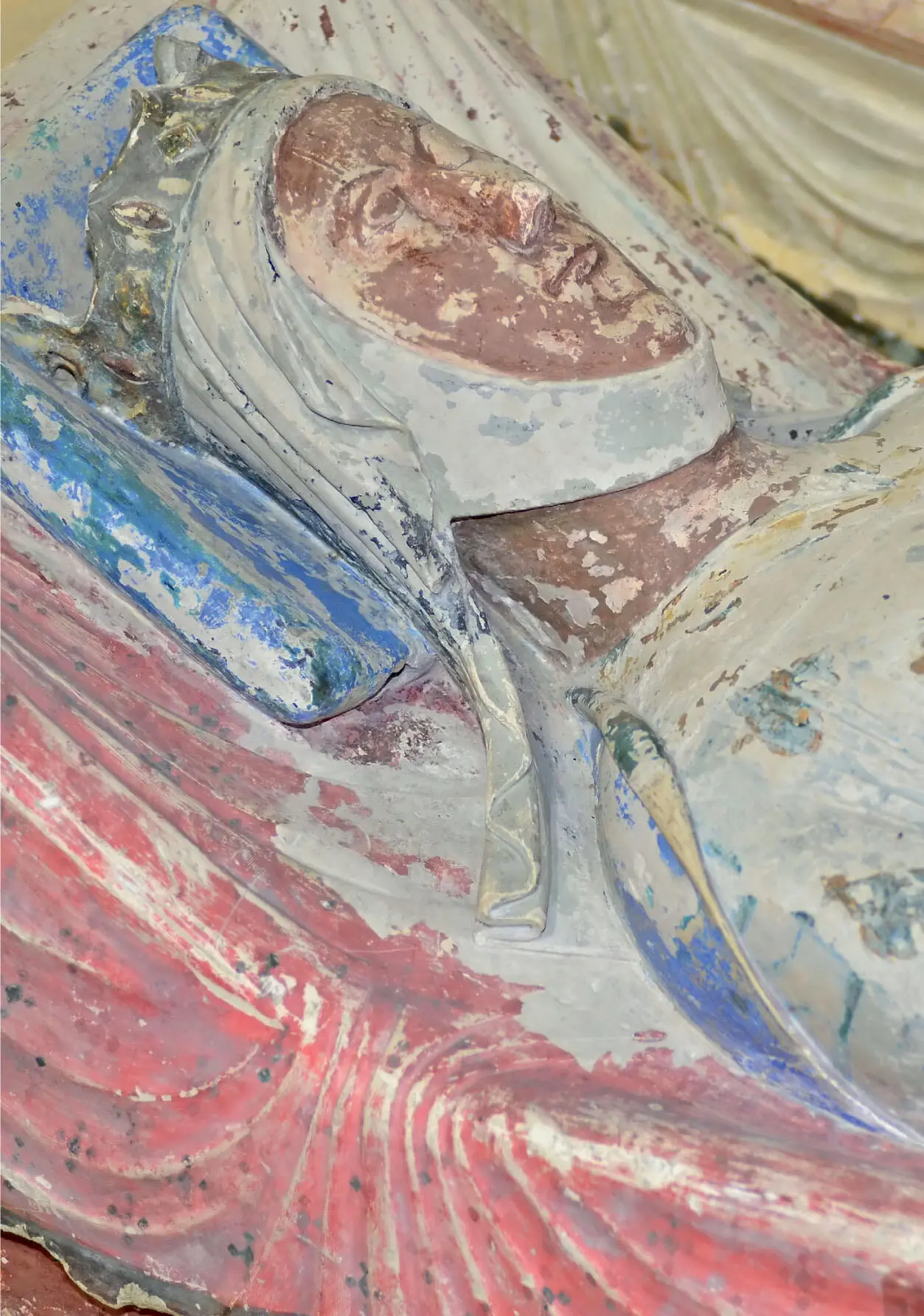
mountainpix
1215 | King John and the Magna Carta
No medieval King of England has as bad a reputation as King John. John was Henry II’s youngest son, and became king in 1199 after the death of his older brother Richard the Lionheart. Many believed John’s nephew Arthur had a better claim to the throne. Before long, rumours began to circulate that to secure his hold on power, John had drowned his own nephew in the River Seine.
John was ruthless in punishing those who opposed his rule, often starving his enemies to death in castle dungeons. He repeatedly argued with the Catholic Church, and was excommunicated by the Pope. Worst of all, John was a hopeless warrior, and lost much of England’s territory in France, including his ancestral homeland in Normandy. To fight these unsuccessful wars, John taxed his Barons dry. But John’s tyrannical rule did leave a positive legacy. In 1215, the Barons united against King John, and forced him to sign a series of promises known as the Magna Carta. These promises included the right to a fair trial, independence of the church, and the need to gain the Barons’ consent before raising taxes. Today, the Magna Carta is seen as the birth of political rights in England.
Читать дальше
